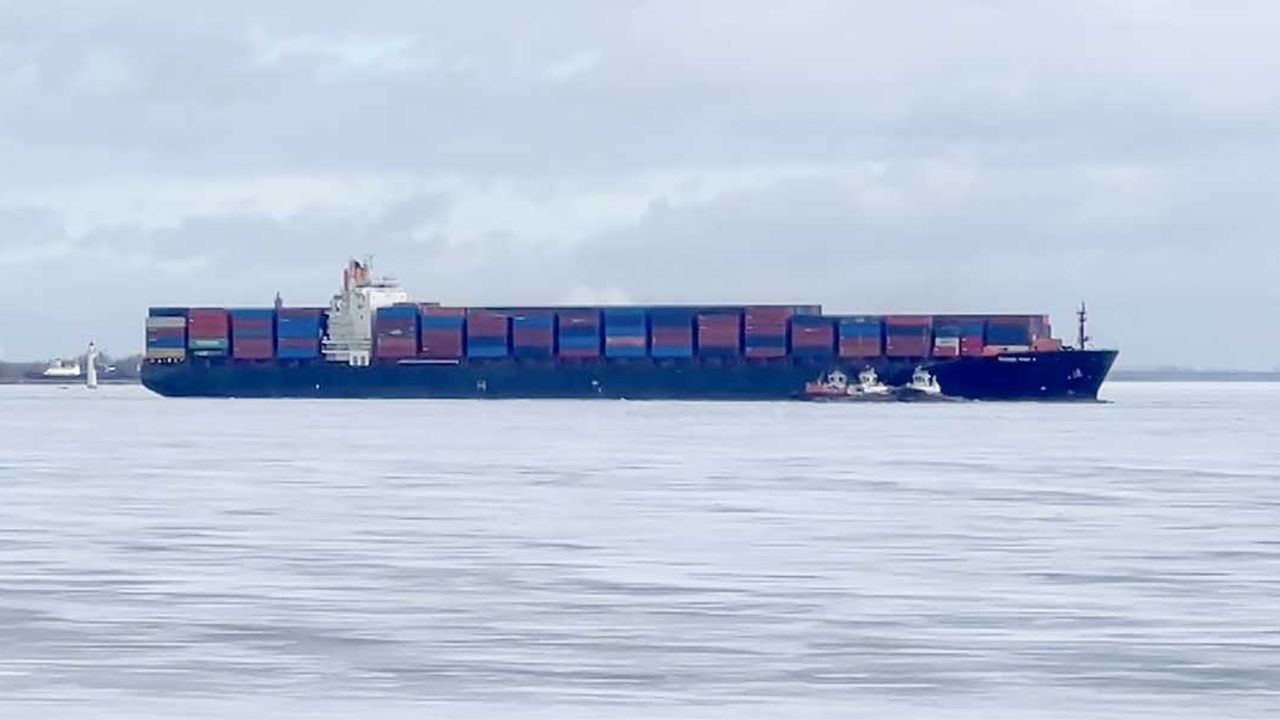The 294-meter-long Panamax vessel, operated by Hong Kong-based EZ Safetrans Logistics, is expected to reach Shanghai on September 26, significantly reducing the usual voyage time by approximately two weeks compared to the traditional Suez Canal route.
The use of Russia’s Northern Sea Route (NSR) for regular container shipping between Russian and Chinese ports was once considered highly unlikely. However, this year nearly 20 vessels are expected to make the journey through the Arctic, marking a significant increase in Arctic shipping activity. Flying Fish 1 can carry 4,890 twenty-foot equivalent units (TEUs), setting a new benchmark for Arctic container shipping, which previously saw only smaller vessels of 1,500 to 2,000 TEU capacity attempt this passage.
Departing from St. Petersburg on September 3, the ship entered the NSR near Novaya Zemlya a week later. During its transit, it encountered another Chinese container ship, the first recorded meeting of two large container ships in the Arctic, around 850 nautical miles from the North Pole. The route was free of ice, allowing Flying Fish 1 to maintain a steady speed of 16 knots.

The vessel navigated through the Laptev and East Siberian Seas, bypassing some late-summer ice near Wrangel Island, and exited the NSR via the Bering Strait on September 17. Its entire journey through the Russian Arctic was completed without the need for icebreaker assistance.
The route from the Baltic to Shanghai measures approximately 8,000 nautical miles, significantly shorter than the standard 12,000-nautical-mile journey through the Suez Canal. The ongoing instability in the Red Sea has prompted some vessels to divert around South Africa, adding an additional 4,000 nautical miles to the traditional route to Asia.
Currently, the Northern Sea Route is only navigable for 3-4 months during the summer. However, as Arctic ice continues to retreat earlier in the year and freeze later in the winter, it is expected that more shipping operators will explore the Arctic as a viable option for faster transit between Europe and Asia.







